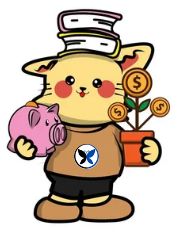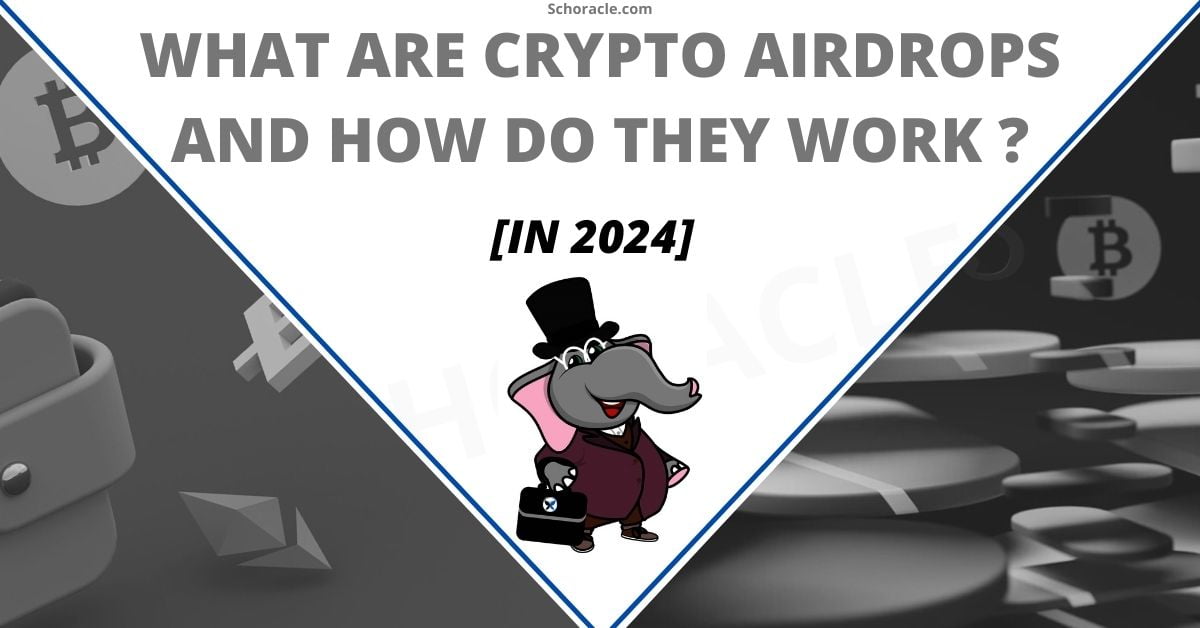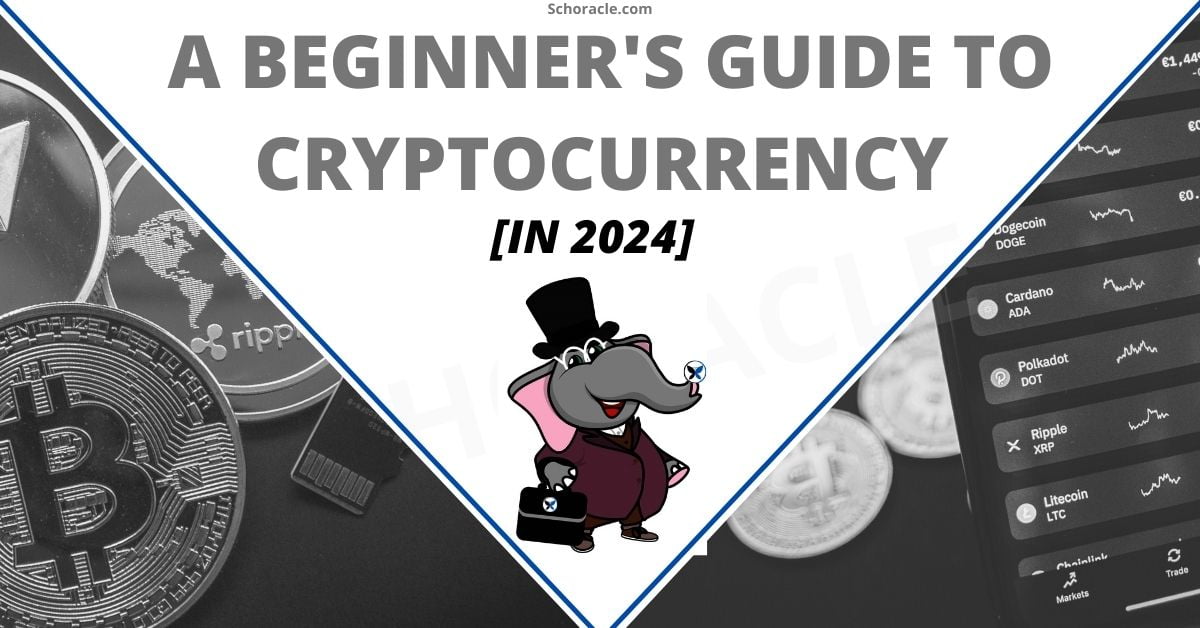NFTs aren’t just digital modern art that is sold for millions of dollars. If you want to make the big bucks, you’ll want to know what Non-fungible tokens are.
Crypto is the big word in today’s culture. If you haven’t heard of crypto, you are either an exile on an island or an alien that’s new to the planet.
After all, crypto is directly responsible for the creation of NFT as they both use blockchain technology to power themselves.
Let’s get into a bit of NFT history below.
What exactly is an NFT?
Imagine you owned a limited-edition artwork that was directly linked to Leonardo Da Vinci, how would you prove it?
You would need bills, serial numbers, ledgers, and receipts dating back to the 15th century. And even if you did have all of those, there’s no guarantee that they weren’t forged.
With all these uncertainties, selling or trading art can be a real concern. That’s where NFTs come in.
The term ‘Non-fungible’ in NFT means it’s irreplaceable or unique. Unlike crypto, which is fungible and hence, can be exchanged for a fixed value, an NFT is a single piece of its kind.
Now NFTs aren’t exclusive to the artwork but can also include music, programs, tech, or anything digital such as Tweets or Facebook posts.
In short, NFTs are a way for collectors to own a digital version of an asset to add to their collection. Think of owning an NFT as having the bragging rights to something exclusive in the digital world.
Now you’re probably thinking, once you own the original copy of the NFT, it can’t be replicated right?
Unfortunately, this is where NFT gets strange. While you do own the original copy and the distribution rights, anyone on the internet can make a copy of your NFT. There’s no limit to the number of downloadable copies to an NFT.
However, they can’t sell your NFT as they don’t have own the rights. Every NFT has a public ledger for any potential buyers to refer to. This allows buyers and sellers to verify the NFT without the hassle of being forged or duplicated.
Most NFTs are hosted on the Ethereum blockchain. Ethereum is a cryptocurrency that is popular for buying, trading, and selling NFTs.
How do you create an NFT?
Surely, if an NFT is worth millions of dollars then the time to create one must take years, huh?
NFTs are minted similar to cryptocurrencies. The minting time is anywhere from a few seconds to minutes and even hours/days/years.
To convert a digital medium into an NFT is like converting any picture you own into a public record for sale on the Ethereum blockchain.
For example, let’s say you have a pet parrot that is an Instagram celebrity loved by millions of fans. One day you decide to create various NFTs for your pet. You convert the pictures that you took by logging on to an Ethereum marketplace and you simply mint the picture. A public record is created, and your pet parrot’s picture is now an NFT ready to be sold at a fixed price or an auction.
Printing an NFT utilizes ‘Gas fees’, these are costs to integrate your picture into the blockchain ledger.
How do NFTs get their value?
Are you ready to hear the secret of how those million-dollar NFTs are priced?
And the answer is – Hype!
Yes, the hype and social status of the digital asset add to the value of an NFT.
If you were to sell a photo of your wall as an NFT, you probably will never find any takers. However, an Indonesian student sold a photo of himself for $1 million.
However, sometimes there are physical NFTs that allow you to gain direct ownership of the item when you buy an NFT. For example, if you were to buy an NFT linked to a physical artwork, you gain complete ownership of the physical asset that is linked to the NFT you purchased.
Are NFTs Regulated?
The answer is Yes and No.
Like Cryptocurrencies, NFTs remain in a grey area when it comes to regulation. While some countries outrightly ban the use and trade of NFTs, other countries may allow trading under certain rules.
Conclusion
NFTs are a double-edged sword to new traders in the crypto world. They can either make someone filthy rich or they can be a complete dud.
Having information on the type of Non Fungible Token is extremely critical when trading in these volatile assets. Remember, it’s easier to get duped on a digital asset compared to a physical asset.
The only way to stay ahead crypto race is to remain vigilant and never stop researching. NFTs are a great step to the future but they are a minefield to a novice trader.









